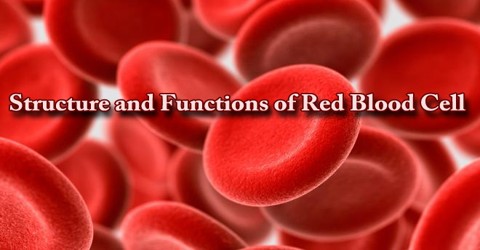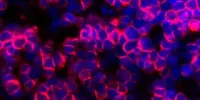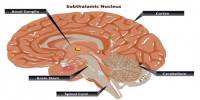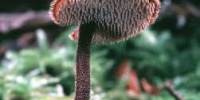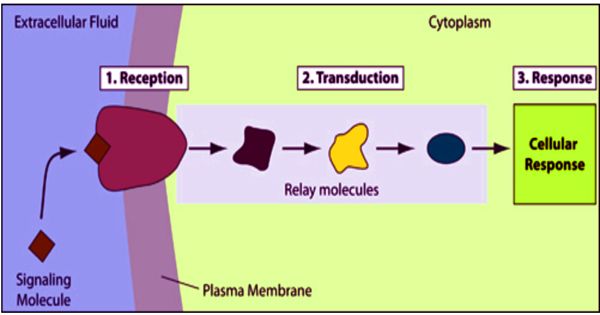Structure and Functions of Red Blood Cell
Introduction
Red Blood Cell or RBC also called erythrocyte, cellular component of blood, millions of which in the circulation of vertebrates give the blood its characteristic colour and carry oxygen from the lungs to the tissues. Red blood cells (RBC) are sometime simply called red cells. Red cells contain hemoglobin and it is the hemoglobin which permits them to transport oxygen and carbon dioxide. Hemoglobin, aside from being a transport molecule, is a pigment. It gives the cell its red color.

A red blood cell is sometimes simply referred to as a red cell. It is also called an erythrocyte or, rarely today, a red blood corpuscle. The mature human red blood cell is small, round, and biconcave; it appears dumbbell-shaped in profile. The cell is flexible and assumes a bell shape as it passes through extremely small blood vessels. It is covered with a membrane composed of lipids and proteins, lacks a nucleus, and contains hemoglobin—a red, iron-rich protein that binds oxygen.
Red blood cells are manufactured from the hemopoietic stem cells in the bone marrow. These cells are are known as erythtropietic bone marrow cells and are partially differentiated. When red blood cells have to be manufactured, these cells go through various phases of development until the mature red blood cell can be released into the bloodstream. The final stage of maturation requires two important vitamins – vitamin B12 and folic acid. This process of developing from erythropoietic bone marrow cells to mature red blood cells takes about 7 days.
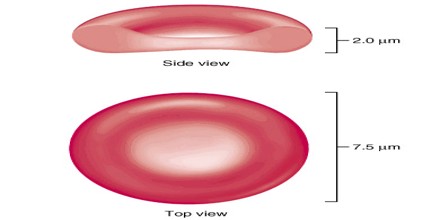
In humans, mature red blood cells are flexible and oval biconcave disks. They lack a cell nucleus and most organelles, in order to accommodate maximum space for hemoglobin; they can be viewed as sacks of hemoglobin, with a plasma membrane as the sack. Approximately 2.4 million new erythrocytes are produced per second in human adults. The cells develop in the bone marrow and circulate for about 100–120 days in the body before their components are recycled by macrophages. Each circulation takes about 60 seconds (one minute). Approximately a quarter of the cells in the human body are red blood cells. Nearly half of the blood’s volume (40% to 45%) is red blood cells.
Structure of Red Blood Cell
Red Blood Cells have an unusual structure compared to other cells in the human body. It lacks a nucleus, mitochondria or endoplasmic reticulum. However enzymes within the red blood cells allow it to produce small amounts of energy (ATP from glucose). The most important part of a red blood cell is hemoglobin, which is essentially the functional component of the cell.
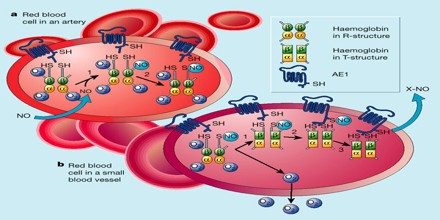
Hemoglobin Structure –
Hemoglobin is the molecule that is responsible for the oxygen carrying capacity of a red blood cell. It also gives these cells a red color and is a combination of heme and globin. Heme is formed when succinyl-CoA binds with glycine to form a pyrrole molecule. Four of these pyrrole molecules combine to form protoporphyrin IX which binds with iron to form the heme molecule. Globin is a long polypeptide chain.
When a heme molecule and globin molecule combine, it forms a hemoglobin chain. There may be slight variations in the hemoglobin chains designated as alpha, beta, gamma and delta chains. Four of these chains need to combine to form the final hemoglobin molecule and the most common combination in the human body, termed hemoglobin A, is made up of two alpha and two beta chains.
Functions of Red Blood Cell
Blood has three main functions: transportation, regulation and protection. Red Blood Cells, are the most abundant cell type in the human body. Additionally, erythrocytes are anucleated, which means they don’t have a nucleus. This extra room allows for more hemoglobin to be stored in our red blood cells. Hemoglobin is a respiratory pigment, which binds to either oxygen or carbon dioxide. This allows oxygen to be transported around our body to our tissues and organs (and carbon dioxide to be taken away). Hemoglobin is largely comprised of iron, which when combined with oxygen; gives blood its red color. Additionally, blood helps cycle nutrients and hormones throughout our bodies.
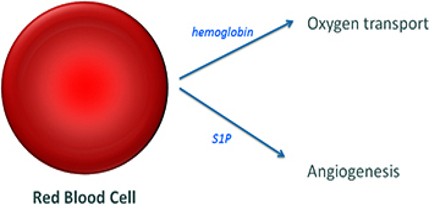
Blood also helps us maintain homeostasis by regulating our internal body pH and temperature as well as how much water is in our bodies at a given time. Plasma, our connective tissue matrix, is about 90% water. Blood is also vital in protecting our bodies. Blood loss is controlled with clotting mechanisms, and white blood cells provide immune response. Some other functions are:
- Made in the bone marrow of some bones, including ribs, vertebrae and some limb bones. Produced at a very fast rate – about 9000 million per hour!
- Transport O2 from lungs to all respiring tissues. Prepare CO2 for transport from all rerspiring tissues to lungs.
- Contain haemoglobin (Hb), a red iron-containing pigment which can carry O2. In the lungs, Hb combines with O2 to form oxyhaemoglobin. In other organs, oxyhaemoglobin splits up into Hb and O2.
- Have no nucleus can fit more Hb inside the cytoplasm, but can lives only for about 4 months.
- Have a special biconcave disc shape increases the surface area and makes the diffusion of oxygen into & out of the cell easier.
- Old red blood cells are broken down in the liver, spleen and bone marrow. Some of the iron from the Hb is stored, and used for making new Hb, some of it is turned into bile pigment and excreted.
